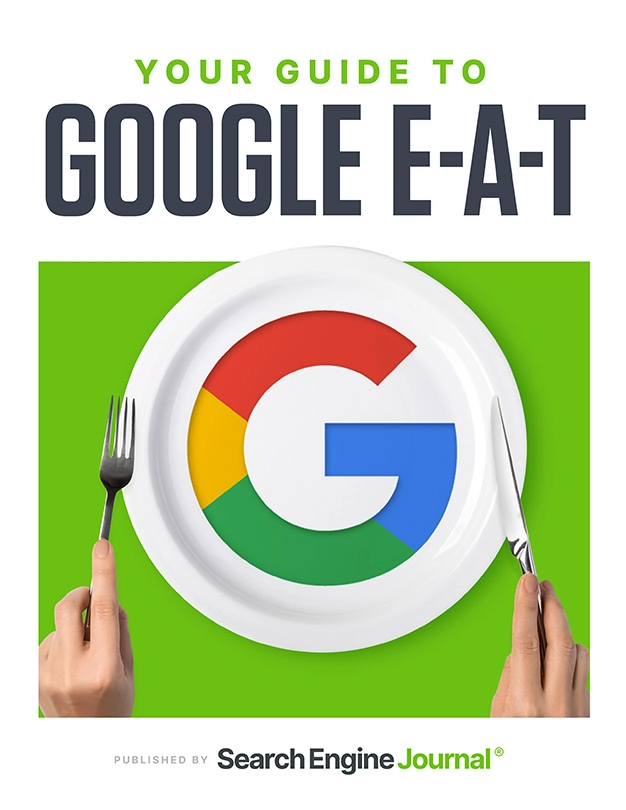TOP SEO STRATEGY FOR EVERYONE: EASY TIPS FOR 2025
SEO, or Search Engine Optimization, can seem a bit tricky, but it’s all about making your website more visible on search engines like Google. As we look ahead to 2025, here are some simple strategies to help you boost your website’s SEO:
Use AI Tools to Understand Your Audience
AI, is like having a smart helper that figures out what your website visitors want. For example, Google’s RankBrain help show the most relevant results to users. You can use AI tools to analyze which parts of your website people like the most and create more of that content.
Example: If your blog posts about « easy home workouts » are popular, AI tools like google analytic with AI insights can help you understand why and suggest similar topics to write about.
Google Analytics provides insights into user behavior on your website. By enabling AI-powered insights, you can automatically get suggestions on which pages are performing well and why. Set up Google Analytics, navigate to the « Insights » section, and explore the automated insights provided.
Learn more about Google’s RankBrain.

Make Your Website User-Friendly
A user-friendly website is one that loads quickly and works well on mobile phones. Google cares a lot about how fast your site loads and how easy it is to use.
Use tools like Google PageSpeed Insights to check your site’s speed. If your site takes too long to load, you might lose visitors.
OPTIMIZE FOR VOICE SEARCH
People are using voice assistants like Siri and Alexa more than ever. This means your website should answer questions people might ask out loud.
Instead of just using keywords like « best pizza, » think about questions like « Where can I find the best pizza near me? » and include those in your content.

CREATE HIGH-QUALITY, RELEVANT CONTENT
Good content is still the most important thing. Write articles that are informative and helpful.
Example: If you run a cooking blog, instead of just listing recipes, explain why certain ingredients work well together or how to choose the best produce.
Check out our guide on Creating Engaging Content.
BUILD TRUST WITH E-A-T
E-A-T stands for Expertise, Authoritativeness, and Trustworthiness. Show that you know your stuff and can be trusted.
Example: If you have a health blog, include credentials or quotes from experts to back up your information. This makes your site more reliable.
Read about Google’s E-A-T Guidelines.
FOCUS ON LOCAL SEO
If you have a local business, make sure your Google My Business profile is up to date. This helps locals find you easily.
Example: A local bakery should include their address, opening hours, and customer reviews on their profile. This way, when someone searches for « bakery near me, » your shop shows up.
Optimize your profile with Google My Business.

Use Videos to Engage Visitors
Videos are a great way to engage people. Make sure your videos have clear titles and descriptions so they can be found easily.
If you post a video tutorial on « how to bake a cake, » include a detailed description and tags like « baking tips » or « cake recipes. »
Add Structured Data for Rich Snippets
Structured data helps search engines understand your content better, which can lead to rich snippets—those extra bits of information you see in search results.
Example: If you have a recipe site, use structured data to show the cooking time and star ratings right in the search results.
Implement Structured Data on your site.
Keep Up with Algorithm Changes
Search engines update how they rank websites regularly. Stay informed so you can adjust your strategies.
Follow SEO blogs or forums to learn about changes and adapt your content accordingly.
Share Your Content on Social Media
Sharing on social media helps more people see your content and can drive traffic to your site.
Post your latest blog article on platforms like Facebook or Instagram, and encourage your followers to share it too.

By following these straightforward strategies, you can improve your website’s SEO and reach more people online. Remember, the key is to create valuable content and make it easy for people to find and enjoy it.
Feel free to reach out for any advice or SEO services from our SEO’s experts.
